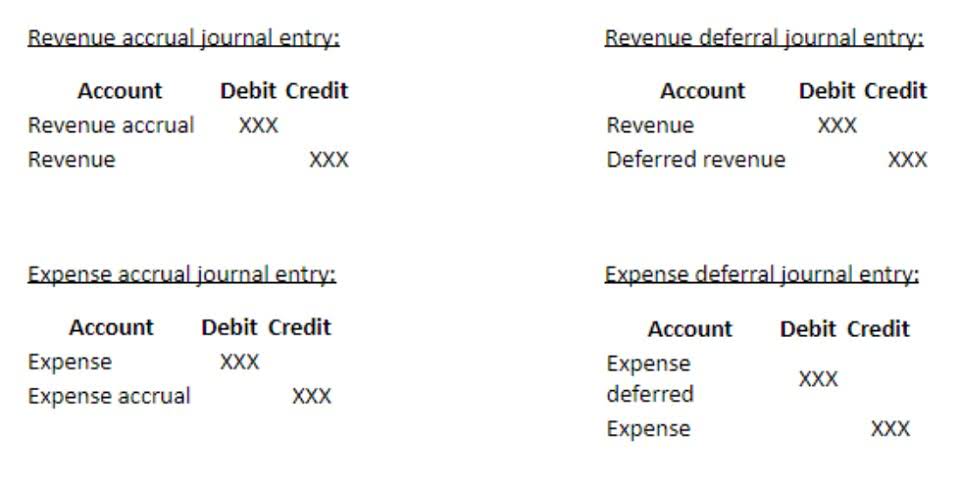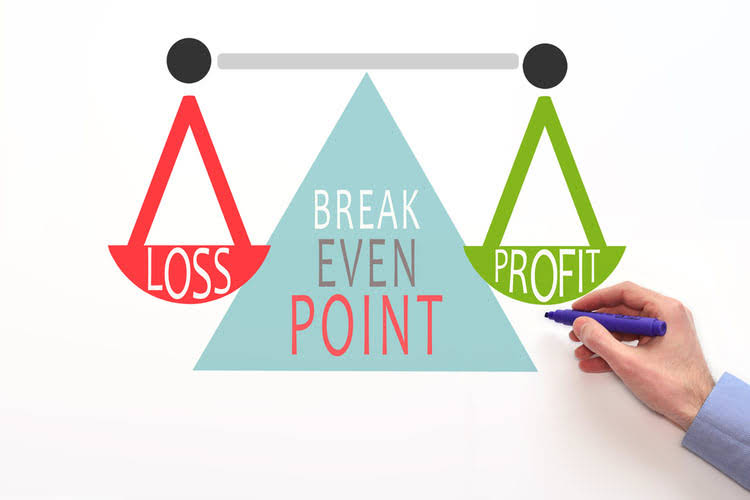
Specific inventory tracing is only used when all components attributable to a finished product are known. Therefore, if you have an international business that operates outside of the U.S, you should stick to FIFO instead. Finally, 15 units/$15 and 20units/$10 value of $425, in general, will remain. But since inflation is a reality, the inventory value comes out to be something when we use FIFO, and it comes out to be something else when we use LIFO. LIFO stands for Last In, First Out, which implies that the https://www.bookstime.com/ inventory added last to the stock will be removed from the stock first.

Consider Real Inventory Flow

Last in/first out (LIFO) and first in/first out (FIFO) are the two most common types of inventory valuation methods used. Both LIFO and FIFO are GAAP-approved inventory methods, but if you decide to use LIFO, you’ll need to complete a special application with the IRS for approval. A clothing retailer operates in a market where fabric costs are rising. Under FIFO, the retailer sells older, cheaper inventory first, resulting in lower COGS and higher reported profits. Under LIFO, selling the more recent, expensive inventory first results in higher COGS and lifo formula lower reported profits. The store receives shipments of milk on January 1st at $2 per gallon and on January 10th at $2.50 per gallon.

How confident are you in your long term financial plan?
Despite increasing production costs, Company A retains a consistent sales price of $400 per vacuum. They sell 200 vacuums in the first quarter, generating a revenue of $80,000. Finally, FIFO encourages a regular inventory turnover as older stock is sold off first. However, if inventory remains stagnant for a few years, there can be a significant discrepancy between cost of goods sold and market value when sales resume. This makes it easy for business owners to manage their accounting and makes it simple for investors to interpret the financial statements. FIFO is an accepted method under International Financial Reporting Standards.
Our Services

FIFO and LIFO produce a different cost per unit sold, and the difference impacts both the balance sheet (inventory account) and the income statement (cost of goods sold). Inventory is often the most significant asset balance on the balance sheet. If you operate a retailer, manufacturer, or wholesale business, inventory may require a large investment, and you need to track the inventory balance carefully. Managing inventory requires the owner to assign a value to each inventory item, and the two most common accounting methods are FIFO and LIFO. Learn more about the difference between FIFO vs LIFO inventory valuation methods. The company’s accounts will better reflect the value of current inventory because the unsold products are also the newest ones.

As an accounting practice, it assumes that the first products a company purchases are the first ones it sells. FIFO, or First In, Fast Out, is a common inventory valuation method that assumes the products purchased first are the first ones sold. This calculation method typically results in a higher net income being recorded for the business. The company sells an additional 50 items with this remaining inventory of 140 units. The cost of goods sold for 40 of the items is $10 and the entire first order of 100 units has been fully sold. The other 10 units that are sold have a cost of $15 each and the remaining 90 units in inventory are valued at $15 each or the most recent price paid.
- The other 10 units that are sold have a cost of $15 each and the remaining 90 units in inventory are valued at $15 each or the most recent price paid.
- Now, look at the differences between Gross Income, Net Income, and Income tax values.
- Additionally, it helps companies better manage their stock levels and ensure they have the most current products available.
- A company’s taxable income, net income, and balance sheet balances will all vary based on the inventory method selected.
- With an inventory accounting method, such as last-in, first-out (LIFO), you can do just that.
- We will again focus on periodic LIFO for this and the following formulas.
If you’re still manually tracking inventory, now’s a good time to consider making the move to accounting software. If you’re not sure where to start, be sure to check out The Ascent’s accounting software reviews. The LIFO method assumes the last items placed in inventory are the first sold.
How does FIFO affect my profit margins?
Therefore, by making purchases at year-end, the cost of any purchase will be included in the cost of goods sold. It is worth remembering that under LIFO, the latest purchases will be included in the cost of goods sold. By switching to LIFO, they reduced their taxable income and their tax payments. This is because the latest and, in this case, the lowest prices are allocated to the cost of goods sold. The remaining unsold QuickBooks 675 sunglasses will be accounted for in “inventory”. Going by the FIFO method, Sal needs to go by the older costs (of acquiring his inventory) first.
